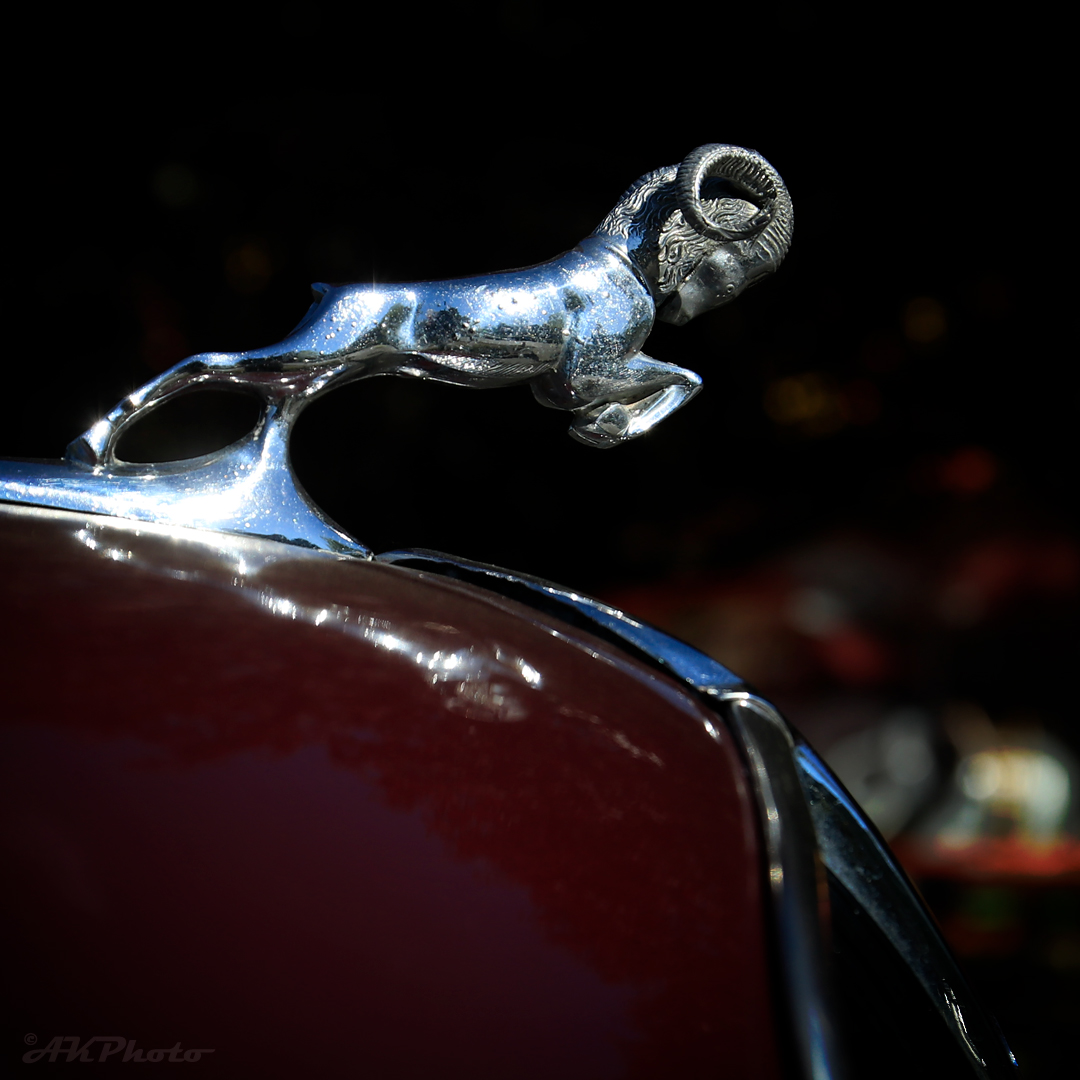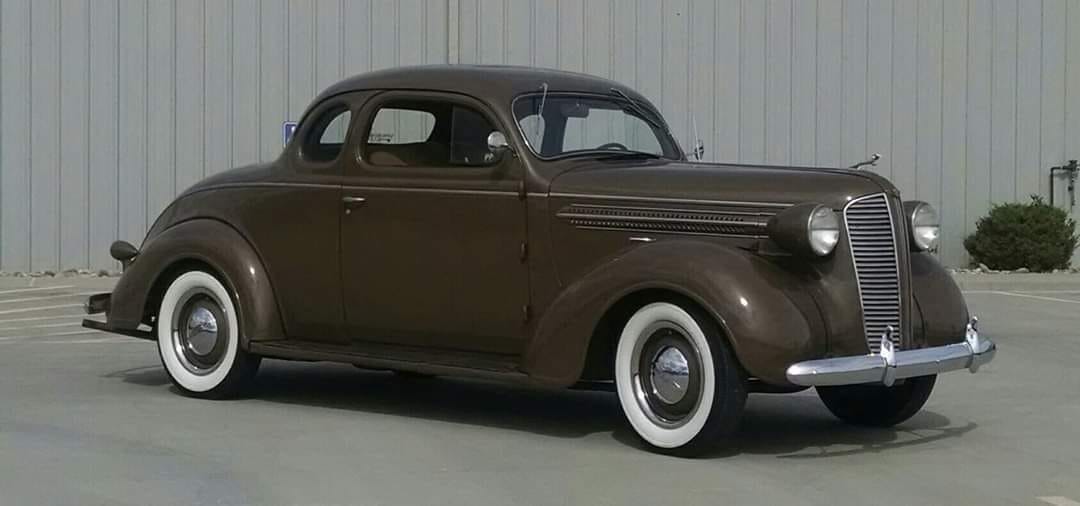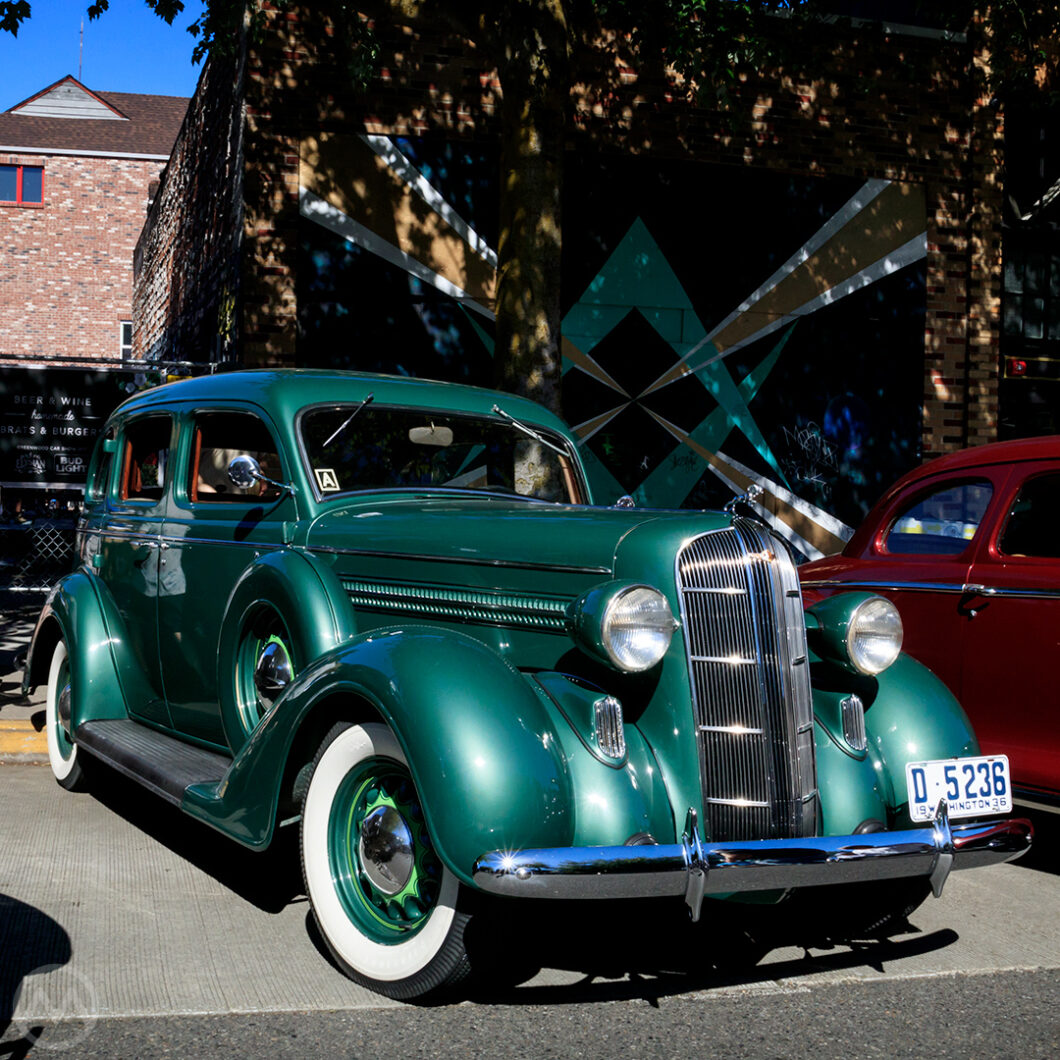In 1920, just six years after John and Horace Dodge started building their own cars, “Dodge Brothers” was second only to Ford in sales in the USA. But both brothers fell victim to the Influenza pandemic that year, and that meant a long period in the relative wilderness for the company. It wasn’t until the mid-1930s that Dodge was on truly solid footing again through a combination of new branding, more knowledgeable management, and a big injection of style, and the 1936 Dodge and its 1937 sibling set sales records as a result.
Widows Matilda and Anna were left trying to figure out a way forward and ultimately enlisted the help of investment bankers, who presided over a long decline in the company’s fortunes despite the boom times of the 1920s. The Widows had both sold their shares by 1926, and the company was briefly owned by investment bankers Dillon, Read & Co., but sales continued to fall.
It was Walter P. Chrysler who came to the rescue in mid-1928, his upstart company buying out Dillon Read and integrating Dodge Brothers into the Chrysler-DeSoto-Plymouth pecking order. All were basically new brands at the time, even if Chrysler had been around since 1924.
The acquisition really didn’t help Dodge that much, and sales continued to slide. It was simply too late to do very much before the roaring died down at the end of the 1920s, but it did help the other divisions by gaining access to the huge Dodge Main factory in Hamtramck, Michigan (today the site of GM’s “factory zero”) and machine tool expertise. That brought lots of previously outsourced jobs in-house for Chrysler, making costs lower on everything and making it easier to share parts. That was well-timed since belt-tightening had to happen across the board at Chrysler in the early 1930s.
K.T. Keller and Avard Fairbanks
Walter Chrysler installed the domineering and hard-charting Kaufman Thuma Keller, he of the “room for a hat inside every car,” as Dodge’s boss not long after the ink was dry. In one of the first moves toward probably integrating Dodge Brothers and differentiating the new Dodge from the old, Walter Chrysler hired sculpture professor Avard Fairbanks to come up with a new mascot. After designing Plymouth’s 1931 “mermaid,” he followed with 1932’s “mountain sheep,” which became the famous Ram that is today on every Ram truck.
Fairbanks, a sculpture professor at the University of Michigan who, dissatisfied with his 1928 Willys-Knight, traded his services to up-and-coming Chrysler for a new car, a ’32 Chrysler Royal. His mermaid was so successful that some months later, he got a call from Dodge to create something for the ‘32 models, which were already in pre-production.

The professor took a copy of William Hornaday’s “Minds and Manners of Wild Animals” with him to the meeting, where he sketched a Mountain Lion, a Jaguar, and a Tiger, among others, before starting on a “Mountain Sheep.”
As Fairbanks once told Southwest Art Magazine in a slightly exaggerated account: “When the engineers read that the ram was the ‘master of the trail and not afraid of even the wildest of animals,’ they became enthusiastic about the symbol. Walter P. Chrysler wasn’t as convinced. But I explained that anyone seeing a Ram with its big horns would think ‘Dodge.’ He looked at me, looked at the model, scratched his head, and said, ‘That’s what I want — go ahead with it.’”
Chrysler engineers modified Fairbanks’ design for production and he ended up getting a $1,400 check for the idea (after the design was already in production). The sheep gradually got more attention as the 1930s wore on and the “Dodge Brothers” name and six-pointed star were de-emphasized, and finally put out to pasture altogether at the end of 1938.
Dodge Brothers to Dodge Division
Thanks to Keller, better marketing, and cost savings, sales began to turn around in 1933-34, but it was 1935’s “Windstream” look that really returned Dodge to popularity. Keller had little taste for styling, though he’d ultimately be the person who later hired Virgil Exner in the 1950s, arguably Chrysler’s greatest design superstar of the mid-20th century, but he did understand marketing.
Underneath, the 1935 and 1936 Dodges were fairly conventional, with a then-modern X-frame and an 87-horsepower 218-cid flathead six mated to a three-speed manual. There was nothing advanced about the running gear either, just drum brakes, worm and roller steering, all pretty much workaday stuff for the day.
But their styling was bang-up-to-date thanks to Ray Dietrich, who worked on contract with Chrysler and had been working with the Corporation since being approached by Walter Chrysler in 1932. But Dietrich wasn’t the only person who had a hand in these designs, and it’s not really clear who penned what.
At the time, Chrysler used Briggs to supply most of its bodies, and the overall styling of the last-minute additions to the 1935 Chrysler and DeSoto lines, the “Airstream” cars meant to supplement the ill-starred Airflow, have often been attributed to Briggs and designer Phil Wright. As these cars closely matched the ‘35 Dodge in some ways, it seems safe to say (as usual) that no one person did all this.

The 1936 Dodge “Beauty Winners”
Sales really took off in 1935, even though the ‘35 DU-series cars were not launched until mid-January of that year, the very last of Detroit’s introductions for 1935. The launch coincided with “Dodge Brothers Corporation” formally being renamed Dodge Division. The even more streamlined ‘36 cars did even better. It didn’t hurt that the cars were a good combination of pretty styling and conventional virtues. They looked slick but they were also easy to live with thanks to all that gear being basically hard-wearing, no-nonsense pieces.
Even compared to the pretty efforts of GM’s 1936 cars, like Frank Hershey’s Pontiacs, the Dodges looked good, and 1936 Dodge sales shot up to 263,000 cars from a low of just 30,000 four years earlier. Dodge made a point of advertising their aesthetic values as much as their mechanical ones, calling the 1936 lineup the D2 “Beauty Winner.”
As at GM, the ‘36s now had all-steel bodies, with advances in machine stampings and acoustics making it possible for the first time to have truly closed all-steel bodies on mass-produced, cheap cars without the humming and drumming associated with putting a big metal box on top of a rolling frame.
Sales rose again in 1937, to nearly 300,000 cars, and that helped propel Chrysler Corporation to being the second-biggest automaker in America, passing Ford’s combined sales totals and being number two until 1949. The following year, though, all brands were hit hard by the 1937-38 recession.
K.T. Keller was a loyal right hand to the founder and took over management of the corporation in the summer of 1936 when Walter Chrysler unofficially retired, which would prove a good call in the short term, though Keller’s management style didn’t set Chrysler up for the best future. Fairbanks’ Ram sat atop Dodge hoods until 1954, then found a revival on Dodge trucks in the 1970s and 1980s, only to end up a brand itself.

